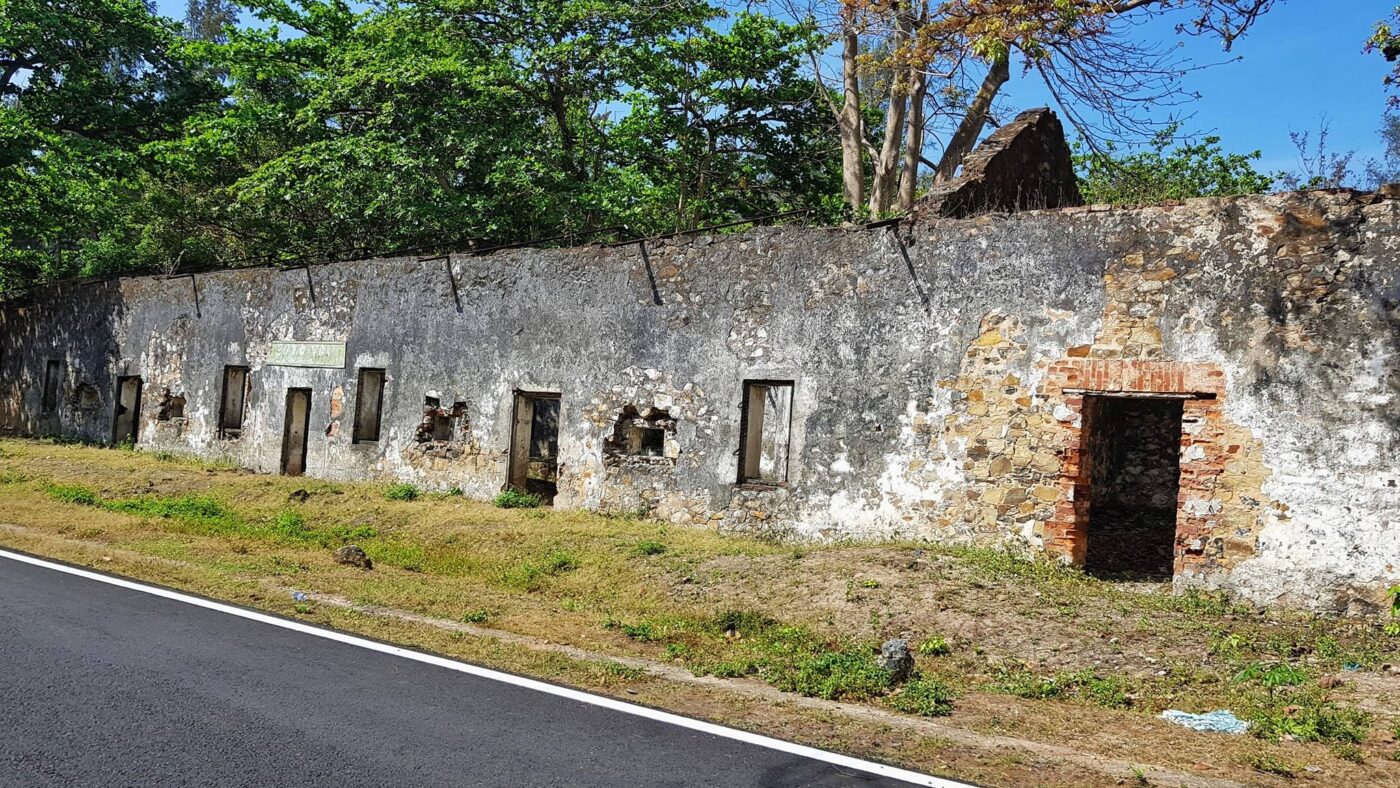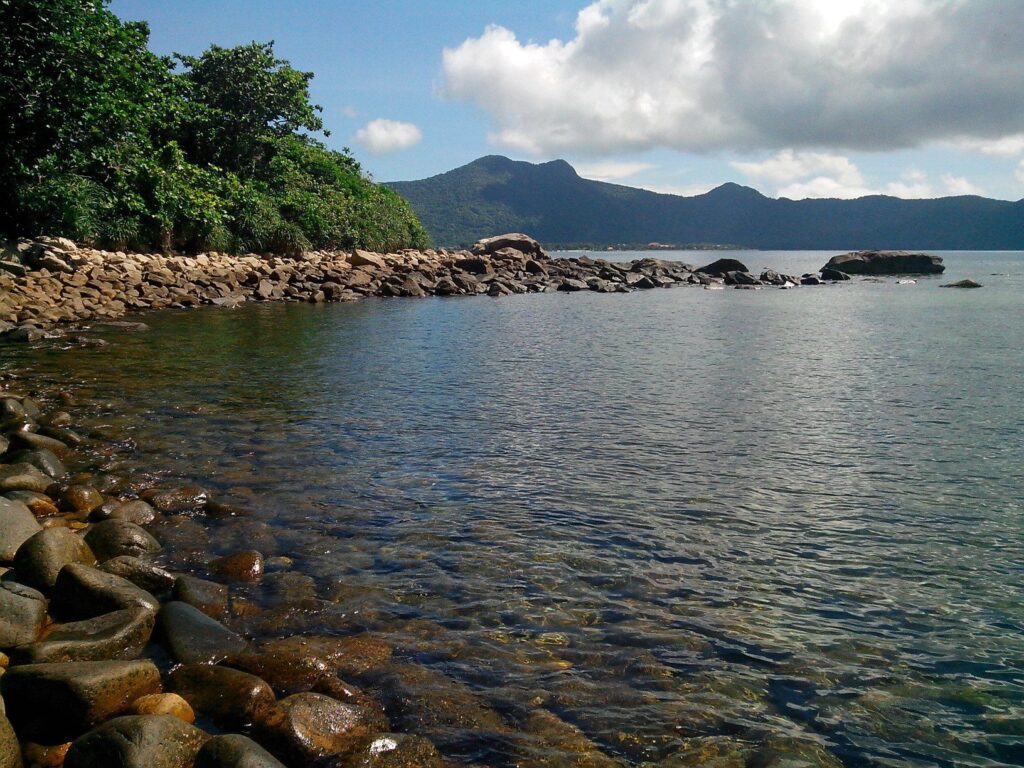The forced-labor stations on Côn Đảo were established at different times, each created for two main purposes: (1) To serve every aspect of daily life for the colonial administrative system and the prison population on the island; (2) To “reform” prisoners through harsh and exhausting manual labor.
According to historical documents, by around 1930, at least 18 labor stations were already in operation. They included:
1. Fishing Station (Sở Lưới)
Specialized in fishing and managing boats. When necessary, it was also responsible for chasing and capturing prisoners who attempted to escape by sea.
2. Farming Station (Sở Ruộng)
Made plows and farming tools and cultivated rice fields.
3. Stone Quarry Station (Sở Làm Đá)
Located at the foot of Núi Chúa Mountain. Prisoners blasted rocks with explosives and broke them into blocks and gravel for road construction—entirely by hand.
4. Logging Station (Sở Kéo Cây / Sở Ông Câu)
Specialized in cutting large timber, sliding logs down the mountainside into the sea, tying them into rafts, and towing them back by boat.
5. Cattle Barn Station (Sở Chuồng Bò)
Performed two major tasks: raising cattle and collecting four types of firewood—fuel for the power plant, lime kiln, brick kiln, and kitchen fires at the prisons. This was one of the most exhausting and brutal labor stations.
6. Brick Kiln Station (Sở Lò Gạch)
Produced bricks for building prison facilities and staff housing.
7. Lime Kiln Station (Sở Lò Vôi)
Prisoners collected coral from the sea, brought it back to burn and convert into lime powder.
8. Salt Field Station (Sở Muối)
Worked the salt fields in An Hội village. This station often held up to 600 lưu án prisoners.
9. Handicraft Station (Sở Bàn Chế)
A handicraft workshop where prisoners were forced to produce items such as bamboo work, shell inlay, tortoiseshell crafts, carpentry, and metalwork.
10. Pepper Plantation (Sở Tiêu)
A large agricultural area. The French planted jackfruit trees as supports, then trained pepper vines to climb on them.
11. An Hải Plantation (Sở Rẫy An Hải)
A major plantation in An Hải village, growing fruit trees and supplying seedlings for the island.
12. Cỏ Ống Plantation (Sở Cỏ Ống)
An even larger plantation in Cỏ Ống village, mostly for growing rice. Located 12 km from the center, the long commute made this one of the most exhausting labor posts.
13. Hòa Ni Plantation (Sở Hoà Ni / Vanilliers)
Originally planted vanilla for export to Saigon; later converted into a vegetable and crop farm.
14. Hồng Plantation (Sở Bông Hồng / Bông Hường)
Initially grew roses, later switched to vegetables and fruit.
15. Ông Lớn Plantation (Sở Rẫy Ông Lớn)
A large garden reserved for the prison warden, growing fruit trees and raising sea turtles (hawksbill and green turtles).
16. Ông Đụng Plantation (Sở Ông Đụng)
Grew crops such as potatoes, cassava, gourds, and squash. It was the most remote station, located on the western slope of Núi Chúa.
17. Sanitation Station (Sở Vệ Sinh)
Used prisoners from various camps to clean roads, collect trash, empty waste, and perform daily maintenance tasks across the island.
18. Đất Dốc Station (Sở Đất Dốc)
Grew fruit trees and raised livestock and poultry.
These descriptions only cover a selection of the forced-labor stations where prisoners worked. They do not include other colonial administrative facilities such as the telegraph station, naval signal station, Côn Đảo hospital, treasury office, or police station.
The heads of the labor stations enjoyed privileged status, living comfortably like local warlords. Most prisoners assigned to outside labor stations were housed in detention barracks built directly at each station.








